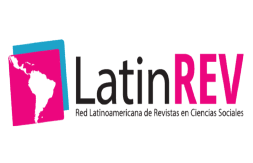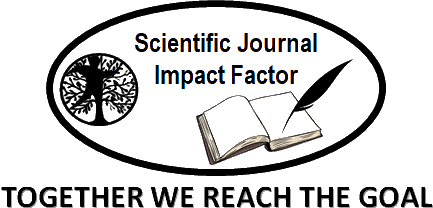English as a Foreign Language students' diagnosis of dyslexia in a context of community service
DOI:
https://doi.org/10.69639/arandu.v12i2.1242Palabras clave:
dyslexia, phonetic awareness, syllabic awareness, reading, writingResumen
Dyslexia is a learning disability that affects people of all ages, including children, teenagers, and adults, and it impacts their reading and writing abilities. It can influence both syllabic and phonetic awareness. Common traits include difficulties with fluency, reading, and spelling. The goal was to identify students with dyslexia in a community service setting. A qualitative methodology with a descriptive approach was used. The instrument employed was the PECFO test, which has two parts: syllable awareness and phonetic awareness. This tool was used to diagnose students attending a center, aged between 4 and 7 years. The results showed that 7 students exhibited characteristics of dyslexia. They scored within the 10th percentile according to the table, indicating they have dyslexia. These students represented 21.88% of the sample, with 15.63% being female and 6.25% male. The conclusion is that these students have deficiencies in syllabic and phonetic awareness, which hinder their reading and writing skills, leading to slower learning.
Descargas
Citas
Allam, H. A., Abdelraouf, E., Fathy, M., & Nashaat, N. H. (2015). Neurocognitive and linguistic deficits in developmental dyslexia. Journal of innovations in pharmaceutical and clinical sciences, 2(4), 653-659.
Andresen, A., & Monsrud, M.-B. (2021). Assessment of Dyslexia – Why, When, and with What? Scandinavian Journal of Educational Research, 66(6), 1–13. https://doi.org/10.1080/00313831.2021.1958373
Anthony, J. L., & Lonigan, C. J. (2004). The nature of phonological awareness: Converging evidence from four studies of preschool and early grade school children.
Bishop, D. V. M., & Snowling, M. J. (2004). Developmental dyslexia and specific language impairment: Same or different? Psychological Bulletin, 130(6), 858–886. https://doi.org/10.1037/0033-2909.130.6.858
Carrillo et al., (2011) Evaluación de la dislexia en la escuela primaria: Prevalencia en español. https://scielo.isciii.es/pdf/ep/v4n2/original4.pdf
Cuetos, F., Suárez-Coalla, P., Molina, M. I., & Llenderrozas, M. C. (2015). Test para la detección temprana de las dificultades en el aprendizaje de la lectura y escritura. Pediatría Atención Primaria, 17(66), e99-e107.
Cuetos et al., (2017) Validación del test para la detección temprana de las dificultades en el aprendizaje de la lectura y escritura. https://www.redalyc.org/journal/3666/366654790006/366654790006.pdf
Creswell, J. W., & Creswell, J. D. (2017). Research design: Qualitative, quantitative, and mixed methods approaches. Sage publications.
D'Mello, A. M., & Gabrieli, J. D. (2018). Cognitive neuroscience of dyslexia. Language, speech, and hearing services in schools, 49(4), 798-809.
Ehri, L. C. (2005). Learning to read words: Theory, findings, and issues. Scientific Studies of reading, 9(2), 167-188.
Flores Rojas, M. S. (2022). English Teaching language to children with dyslexia: an analysis based on the curricular adaptations guide (Bachelor's thesis, Riobamba).
Journal of Educational Psychology, 96(1), 43–55. https://doi.org/10.1037/0022-0663.96.1.43
Goswami, U. (2015). Sensory theories of developmental dyslexia: Three challenges for research. Nature Reviews Neuroscience, 16(1), 43–54. https://doi.org/10.1038/nrn3836
Goswami, U. (2018). A temporal sampling framework for developmental dyslexia. Trends in Cognitive Sciences, 22(1), 3–15. https://doi.org/10.1016/j.tics.2017.10.001
Guevara-Enríquez, G. G. (2017). The Challenge of Facing Dyslexic Students through Curricular Adaptations.
Publicado
Cómo citar
Número
Sección
Licencia
Derechos de autor 2025 Estefany Maribel Castro Pucuji , Jessica Dayanna Granja Rubio , Fanny Mercedes Abata Checa

Esta obra está bajo una licencia internacional Creative Commons Atribución 4.0.





















